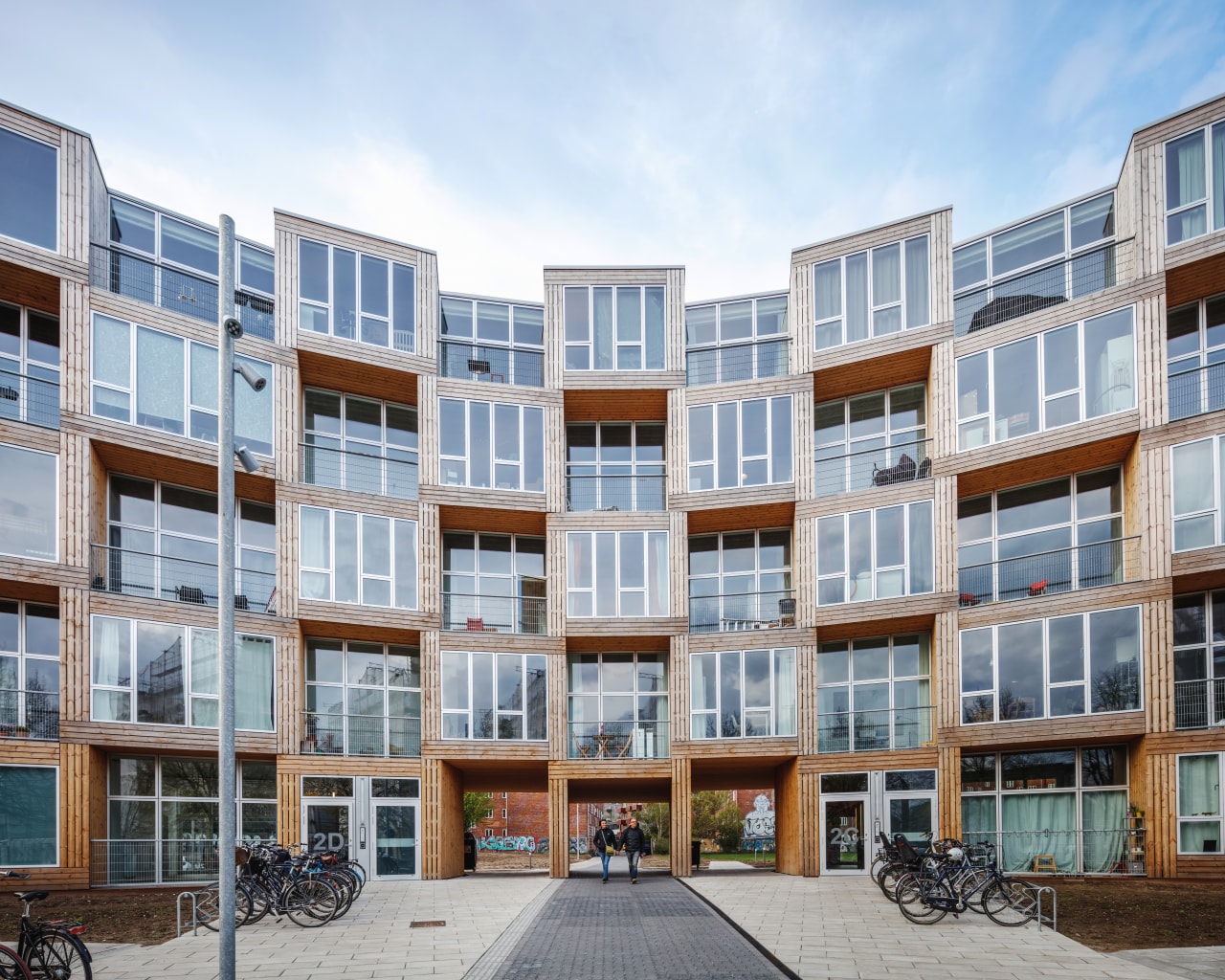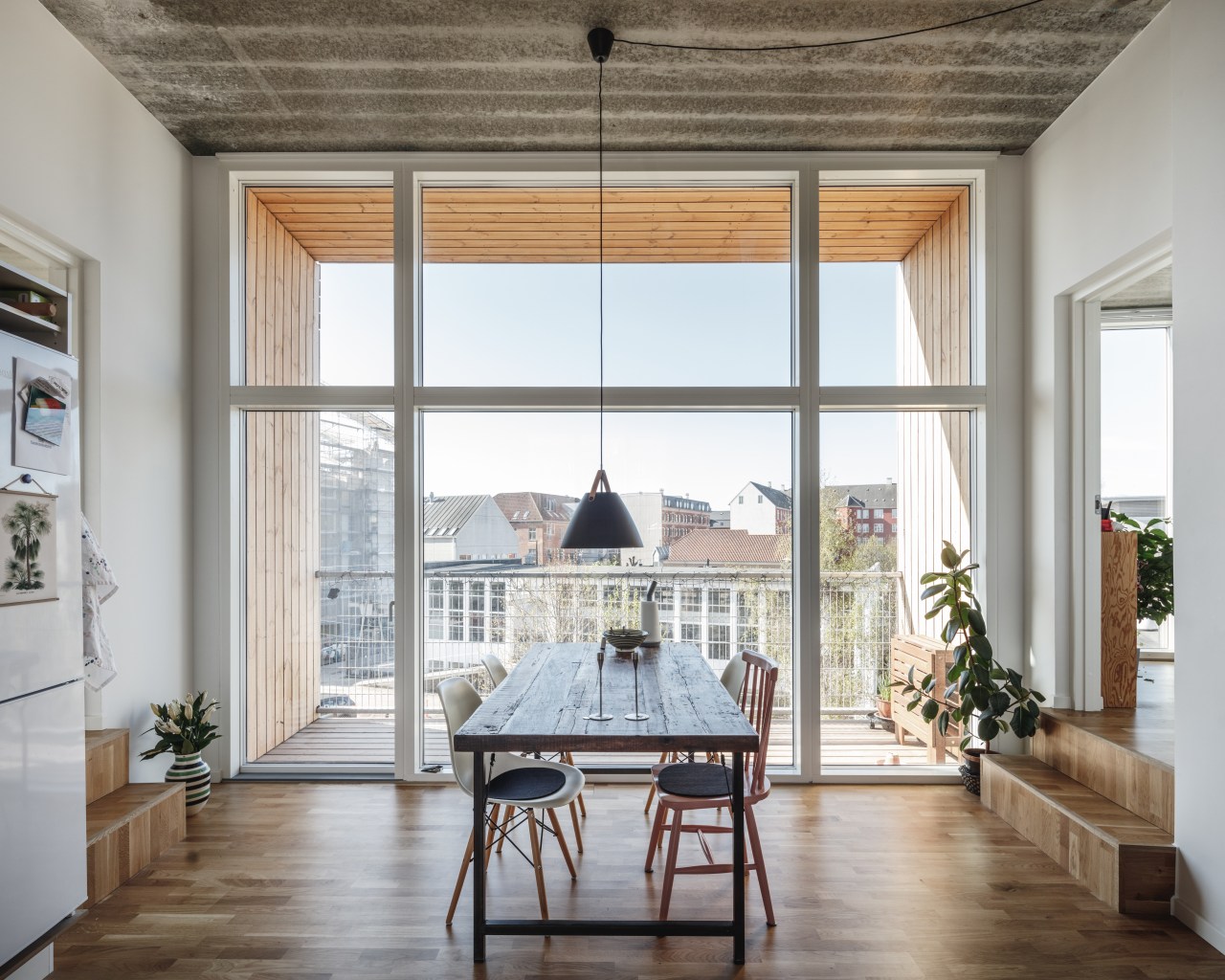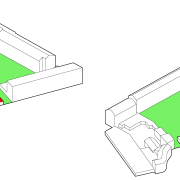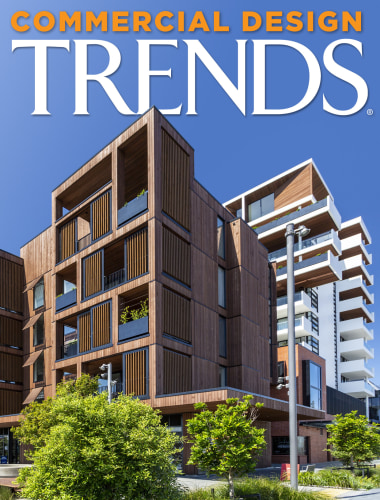Modular construction with modest materials provides affordable apartments with generous living spaces
Architects Bjarke Ingels Group delivers well-designed apartments for low-income families, at the same time improving the quality of the surrounding neighbourhood

With property prices skyrocketing in major cities across the world, it’s becoming more and more difficult for many average families to find good accommodation at a reasonable price.
So it’s refreshing to see top architectural firms with a social conscience applying their expertise to affordable home design alongside high-end, multi-million dollar projects going through their studios.
One such development is Dortheavej, situated in one of the most multicultural, low income neighbourhoods in Copenhagen. The project was designed by Bjarke Ingels Group (BIG) to fulfil the ‘Homes for All’ mission of non-profit affordable housing association Lejerbo.
BIG was asked to create much needed housing and public space in the area, while keeping the pedestrian passageways open and the adjacent green area untouched.
The resulting 6800m², five-storey building winds through the area that had previously been characterised by car repair shops, storage and industrial buildings from the 1930s-50s.

Architect Bjarke Ingels says that affordable housing is an architectural challenge due to the necessary budget restrictions.
“At Dortheavej, we have attempted to mobilise modular construction with modest materials to create generous living spaces at the urban as well as at the residential scale,” says Ingels.
“The prefabricated elements are stacked in a way that allows every second module an extra metre of room height, making the kitchen-living areas unusually spacious.”
Conceived as a porous wall, the building gently curves in the centre, creating space for a public plaza towards the street on the south side and an intimate green courtyard towards the north.
The housing modules repeat along the curve, stacked to the height of the surrounding buildings. The stacking pattern creates additional space for each apartment to have a small terrace, contributing to a healthy and sustainable living environment for residents.

On the sunny south side, balconies are inset, adding depth to the facade, while on the northern side the facade is even. Long wooden planks cover the facade on all sides, highlighting the modules and alternating to accentuate the checkered pattern.
On the street level, the building opens up to allow residents and the general public to pass seamlessly into the courtyard.
Large floor-to-ceiling windows in the apartments mean the units are filled with natural light and have views either to the green courtyard or of the surrounding neighbourhood. The 66 homes range in size from 60-115m², and the material has been kept simple, with wood and concrete in light colours dominating inside and out.
Lejerbo Copenhagen president Jan Hyttel says the association’s ambition was to create affordable apartments designed by the world’s leading architects.
“Together with BIG, we’ve succeeded in creating sustainable, safe and functional homes that are in tune with the people who live in them.”
Bjarke Ingels says that economic constraints often lead to scarcity.
“But at Dortheavej, we’ve managed to create added value for the individual residents as well as for the community as a whole.”
Credit list
Project
Client
Architect
Story by: Paul Taylor
Photography by: Rasmus Hjortshoj
Home kitchen bathroom commercial design
Diving into nature
Classic looks, contemporary efficiency
Personality plus
Commercial Design Trends Vol. 34/3C
While apartment living has always been prevalent in some cities, there are others where it is still a developing accommo...
Read More








